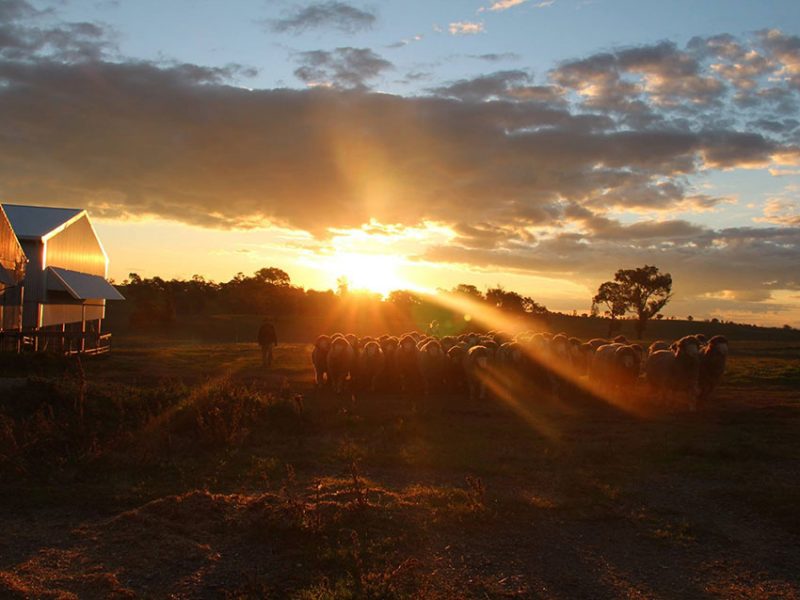Final Bloodline summary
Provided below is information recently published in the Merino Bloodline Performance financial summary, containing analyzing data from a number of different results from wether trials and their respective medium accuracy bloodlines. This information displays that the Yarrawonga bloodline is continuing to be a leading bloodline within the industry.
Within the Merino Bloodline Performance financial summary Yarrawonga are in the top four percent of the industry for medium accuracy bloodlines, across three different environmental zones. These being Bookham Southern Tablelands, Naranderra in the Riverina and Woolbrook in the New England.
This displays that the Yarrawonga merino performs consistently in a majority of different environments.
Merino bloodlines: a comparison based on wether trial results 2004–2014
December 2014 Primefact 1381
S Hatcher, SI Mortimer, BCD Wilson, RP Graham and AJ Russell
The prime fact represents the performance of commonly used merino bloodlines, having been recently updated. The 2014 analysis includes a comparison of 22 wether trials and one ewe productivity trial conducted in NSW (17), Victoria (4), WA (1) and Tasmania (1) between 2004 and 2014.
We have included a small summery of curtain areas of the report that we find will help in the deception of the information provided below.
Measures of financial performance
GrassGro™ outputs include profit per head ($/hd), per hectare ($/ha) and per dry sheep equivalent ($/DSE). Each of these outputs includes typical enterprise costs and an overhead cost per hectare calculated by the program for the environment in which the simulations were run. As the same stocking rate was used for each of the 71 GrassGro™ simulations the $/hd and $/ha outputs are essentially the same. The graph we displayed below is described as:
• Profit per dry sheep equivalent ($/DSE) which helps the reader to account for the impact that differences in liveweight will have on grazing pressure. The DSE rating calculated by GrassGro™ over the 53 years of simulations is based on the consumption of feed for a given liveweight and fleece production. Profit per DSE is calculated as follows:
$/hd
DSE RATING
The genetic differences
The relative performance of each of the teams of sheep in the different wether and ewe trials is a combination of the genetics of the sheep and the environment in which they were run. For any group of sheep, the performance we can see and measure (the phenotype) is a result of their genetics and the environment in which they have been raised. This is represented by the following equation:
Phenotype = Genetics + Environment
The Merino Bloodline Performance analysis removes the differences in environments between years in a trial and between trials. Bloodlines with multiple teams, both within and across trials, provide the linkage that allows variation between trials and across years within a trial to be accounted for, leaving only the genetic differences between bloodlines.












